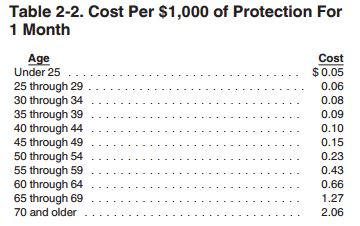 Your business needs a budget, yes, but do you have one for you? Having a personal financial plan is just as important as having a business financial plan. This is for a few reasons. One is if you, as the business owner, is having financial troubles it will show through in your business. It will add stress to the workplace environment. It will cloud business decisions and lead to making bad business decisions.
Your business needs a budget, yes, but do you have one for you? Having a personal financial plan is just as important as having a business financial plan. This is for a few reasons. One is if you, as the business owner, is having financial troubles it will show through in your business. It will add stress to the workplace environment. It will cloud business decisions and lead to making bad business decisions.
Steps to help create a budget for you personally:
- Take a look at each area of your spending. Use your current spending patterns as an initial budget. I say this within reason. If your spending $3k a month on recreational activities you may want to take a look up front and see if you should cut back.
- Know your debt and come up with a plan to reduce and eliminate. Try starting with your smallest debt and get that one paid off first. Sometimes a victory is just the motivation you need to get pumped to get rid of excess debt!
- Build and maintain an emergency fund. Having at least 3 months living expenses in a savings account reduces anxiety should a major expense come your way.
- Open or start contributing to an IRA. Whether or not it’s a Roth IRA or a traditional IRA.
- If you have a child start contributing to a Section 529 plan to help prepare for future educational costs.
- Have a set of funds that you can invest. Make sure you keep track of the ROI on this. If you have a low ROI or a negative ROI readjust.
Take the time to look at not only your businesses financial plan but your personal one too.
And, as always if you have any questions do not hesitate to ask. www.eagleeyebookkeepingservicesllc.com
 To be effective with a strategic business plan and project forward for growth starts with strategic thinking. In order to project forward business owners need to analyze several areas of their business and think of how each area could affect one another.
To be effective with a strategic business plan and project forward for growth starts with strategic thinking. In order to project forward business owners need to analyze several areas of their business and think of how each area could affect one another.
 I took this photo one morning as I was strolling around the grounds of a resort in Key West sipping on my morning coffee. Taking this photo gave me the idea for this blog post.
I took this photo one morning as I was strolling around the grounds of a resort in Key West sipping on my morning coffee. Taking this photo gave me the idea for this blog post. A chart of accounts is a set of accounts used to make up the your businesses financial statements. Having a proper setup of chart of accounts is instrumental to having financial statements that you can use as a tool to manage your business.
A chart of accounts is a set of accounts used to make up the your businesses financial statements. Having a proper setup of chart of accounts is instrumental to having financial statements that you can use as a tool to manage your business.

 I woke up this morning with a reminder to file my annual report with the state of Florida. This gave me an idea for a post. I though I would share a best practice on the benefits of setting recurring events in gmail for items that you do not do on a regular basis.
I woke up this morning with a reminder to file my annual report with the state of Florida. This gave me an idea for a post. I though I would share a best practice on the benefits of setting recurring events in gmail for items that you do not do on a regular basis.
 ls are a free 2016 year end checklist and a 2017 revenue goal spreadsheet for your business to utilize. These tools are helpful for all business owners.
ls are a free 2016 year end checklist and a 2017 revenue goal spreadsheet for your business to utilize. These tools are helpful for all business owners.